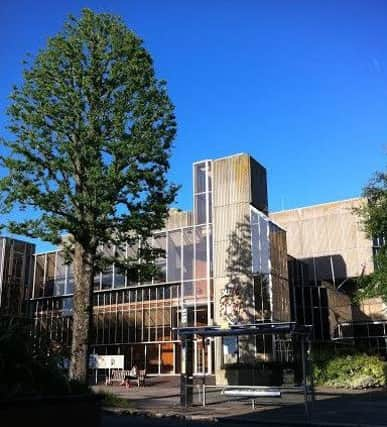Concerns raised over low numbers in vulnerable group being housed


Since January last year, 40 per cent of newly-available social rent homes managed by the city council have been offered to homeless people, 30 per cent to those looking to transfer, 20 per cent to home seekers and the rest to people under the care of social services, dubbed the council interest queue.
These will include children leaving care and adults with learning disabilities or other vulnerabilities.
Advertisement
Hide AdAdvertisement
Hide AdBut in the first 15 months, only four per cent of available homes have been allocated to this group, less than half the 10 per cent target – and the council doesn’t know why.
At the Housing and New Homes Committee meeting on Wednesday September 19, Green councillor David Gibson highlighted the problem.
Figures provided to the committee to demonstrate how the new system works showed 37 people re-homed from this queue out of 948 homes allocated to all groups from January 2017 until March 2018.
Councillor Gibson pointed out to hit target it should have been 95.
Advertisement
Hide AdAdvertisement
Hide AdLabour councillor Clare Moonan was equally concerned about the poor performance of the council interest queue.
She said: “We need to look at a barrier to applications because there certainly is a demand.
“This is a vulnerable group of people. There may be barriers around people’s readiness to manage a tenancy.”
A total of 389 homes went to the homeless, 252 to transfer and 270 to home seekers.
Advertisement
Hide AdAdvertisement
Hide AdThe home seekers queue over performed by more than seven per cent, which was put down to under performance of the transfer and council interest queue.
Transferring tenants often have a specific idea of what they want, according to the report and are more likely to turn down an unsuitable home.
Home seekers, who form the bulk of the housing list, are often more likely to accept an offer which is simply better than their current home.
Homeless people have to take the first home on offer.
Councillors asked for a report on the new system’s progress in two years.
Advertisement
Hide AdAdvertisement
Hide AdResidents representatives were also asked their opinions on the queues at housing panels during the first week of September.
At the north area housing panel John Marchant, representing East Central Moulsecoomb Tenants and Residents Association, questioned what priority was given to veterans.
Service improvement manager James Crane confirmed people in the process of leaving the military had the highest level A priority for housing in the city, even without a local link.
Military personnel are listed alongside the disabled, people with mental health problems, those with learning disabilities and those in temporary accommodation as having priority in the council’s homeless strategy.
Sarah Booker-Lewis is the Local Democracy Reporter for Brighton & Hove.